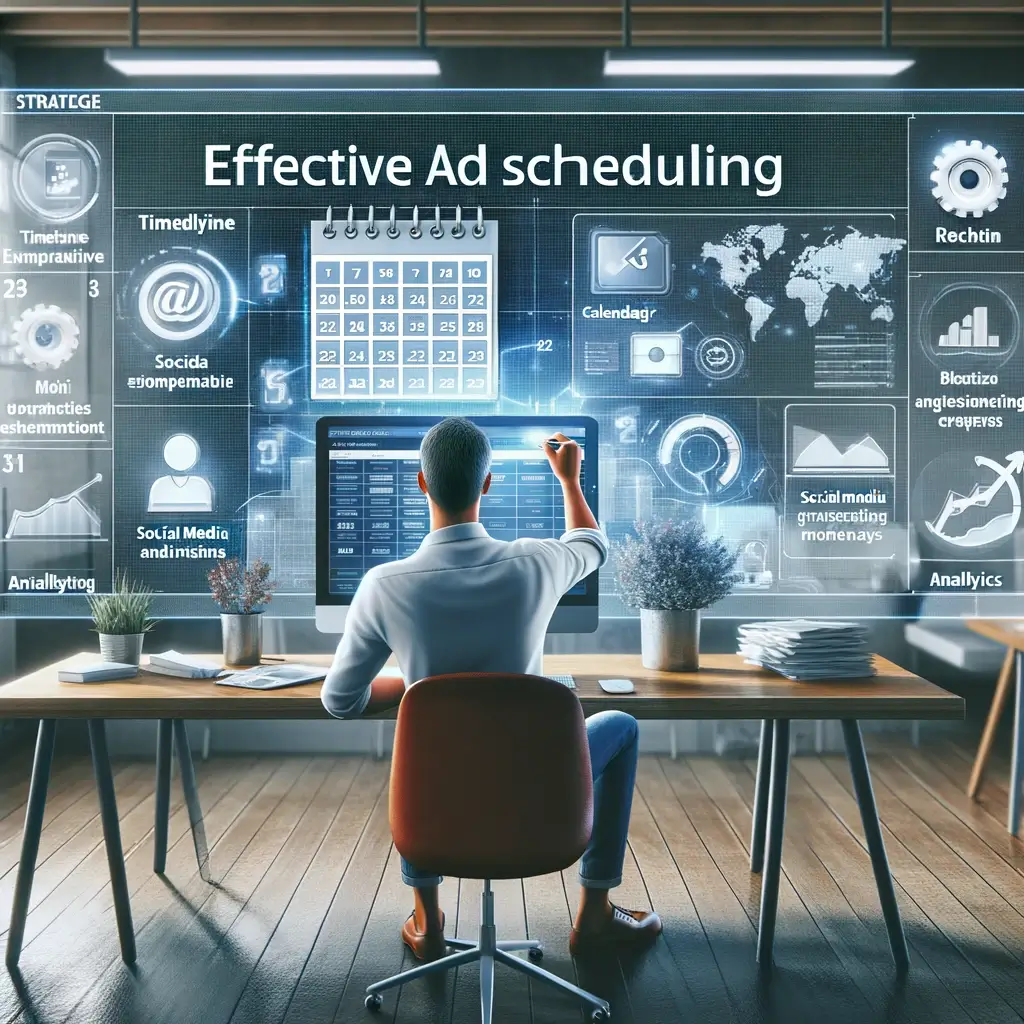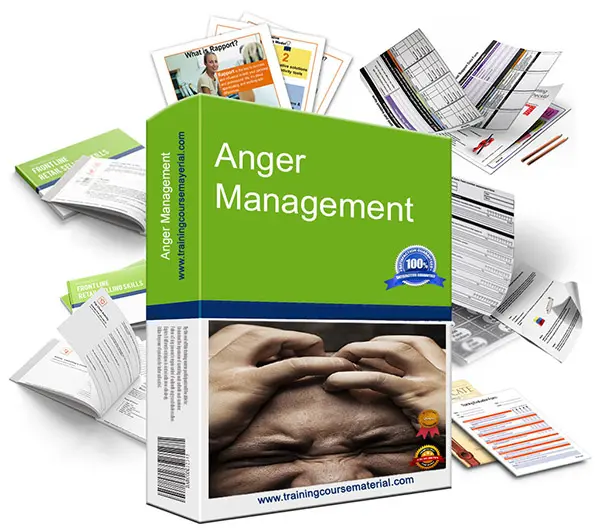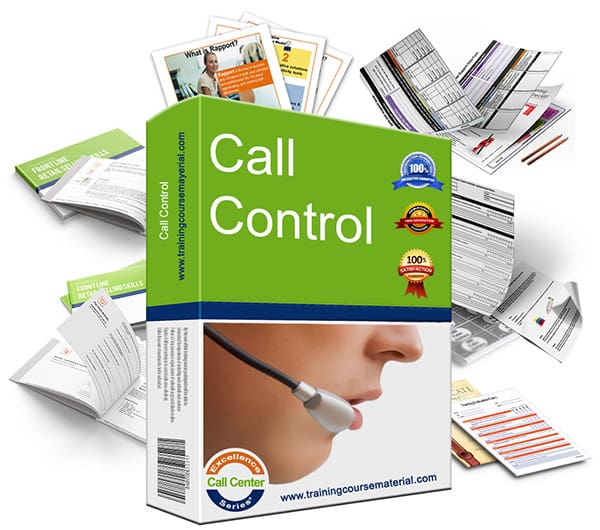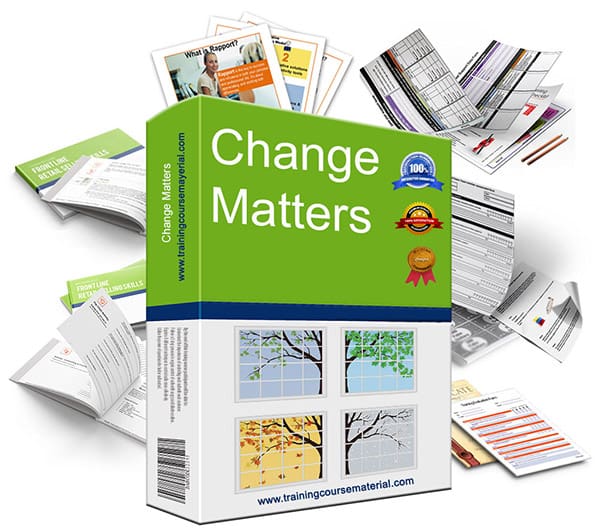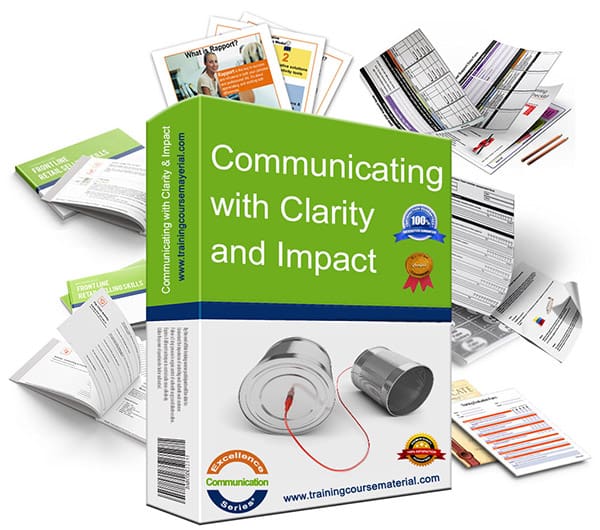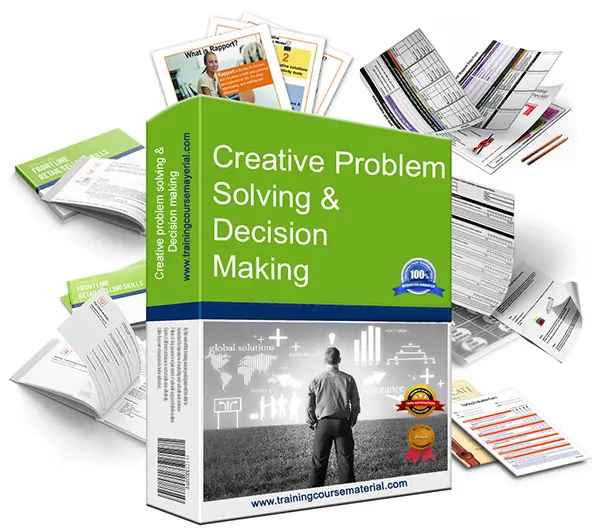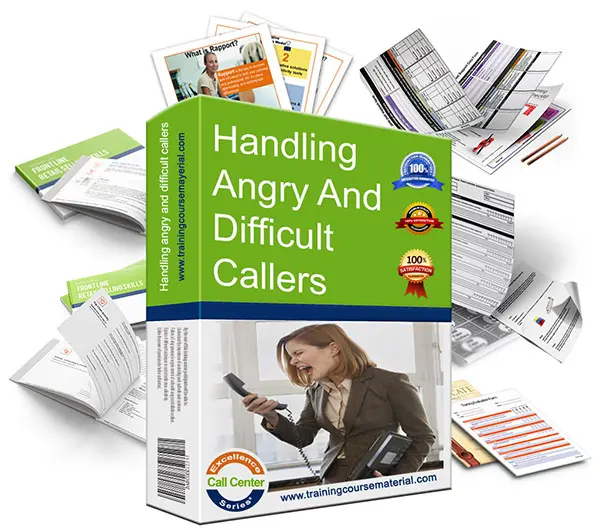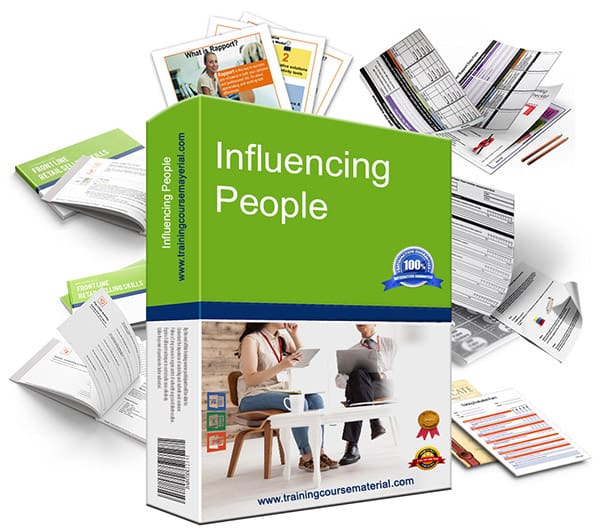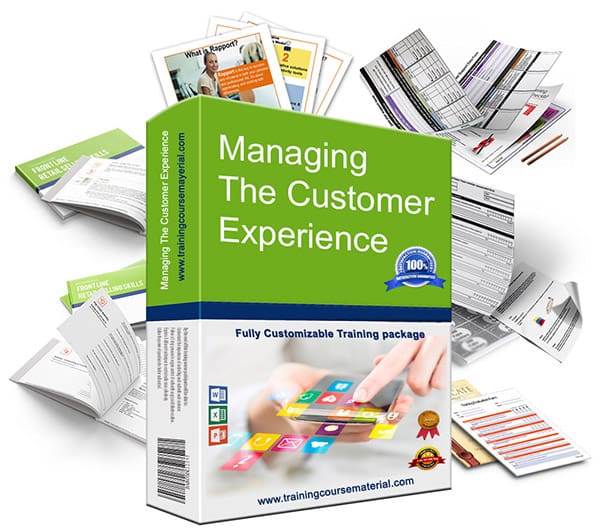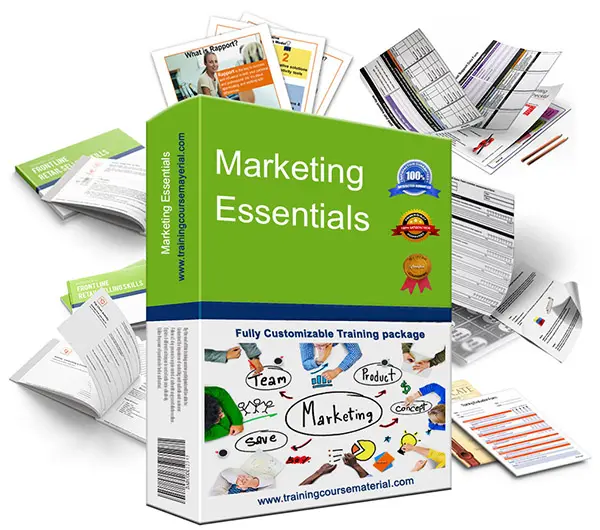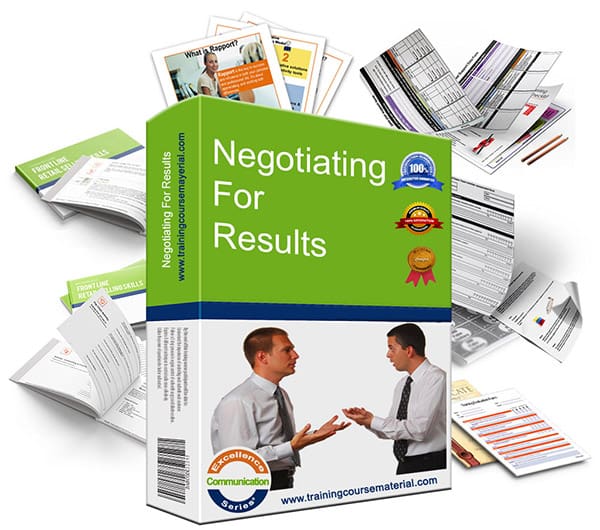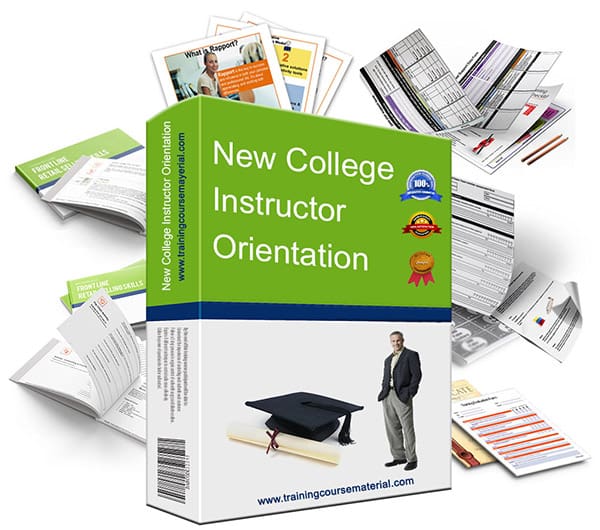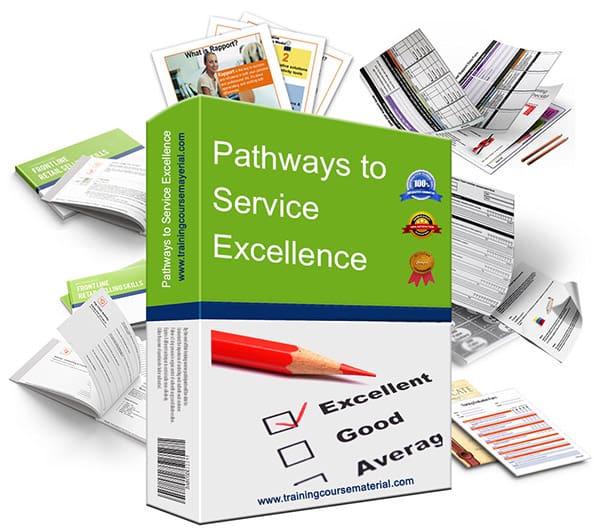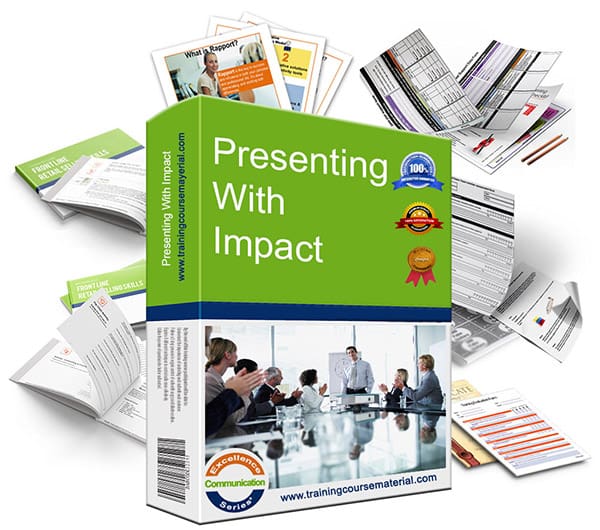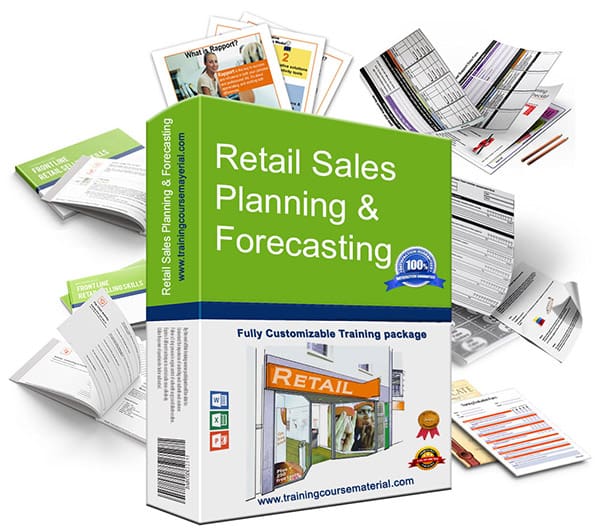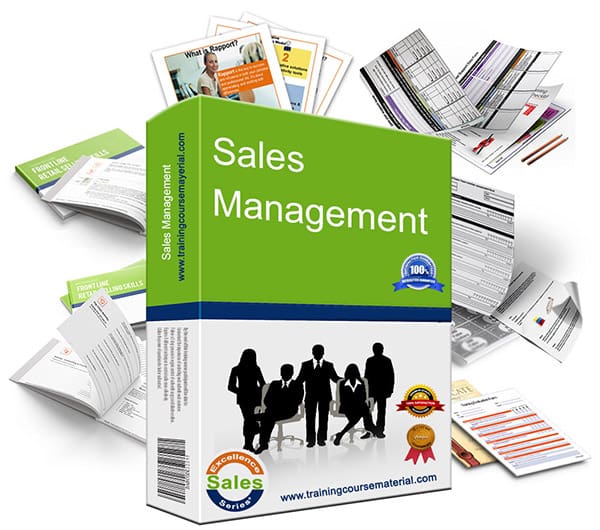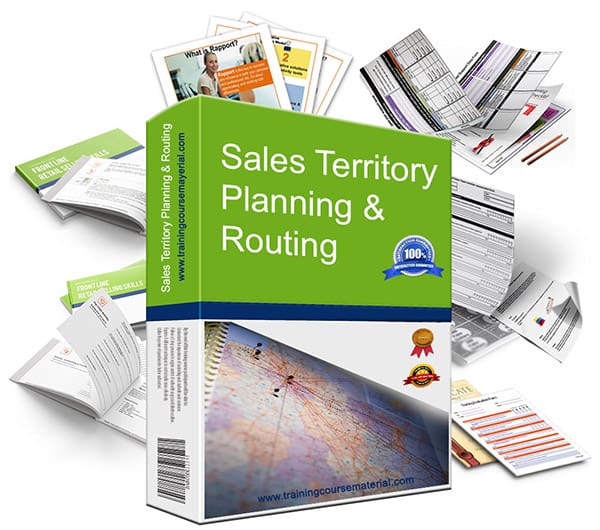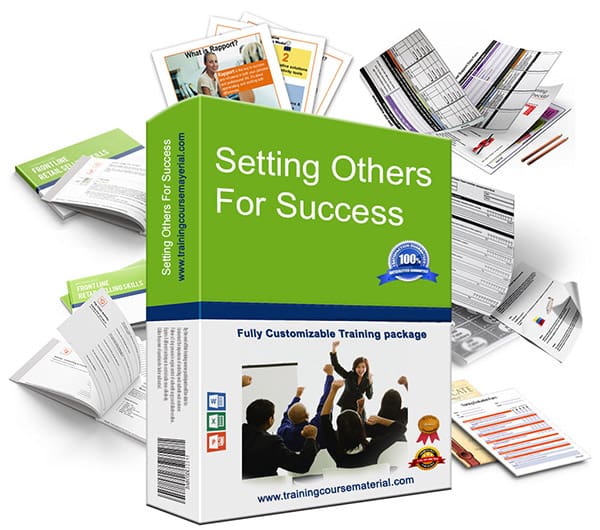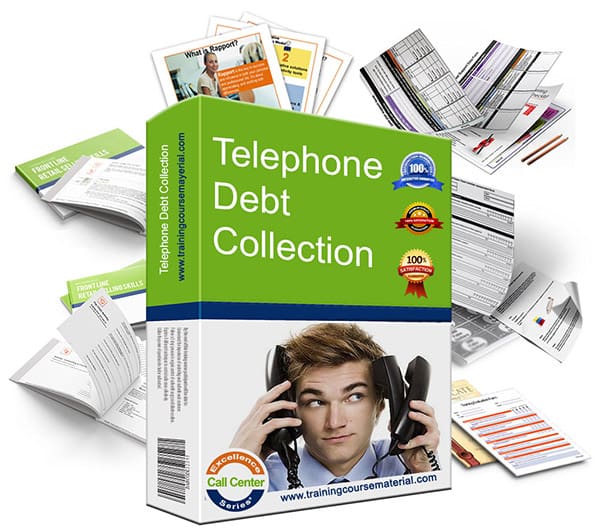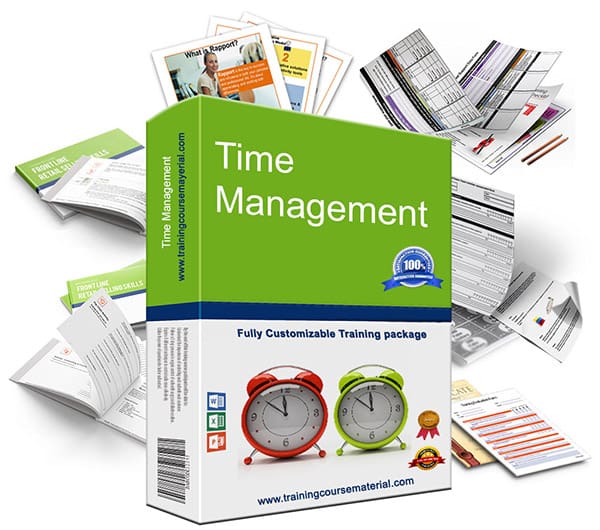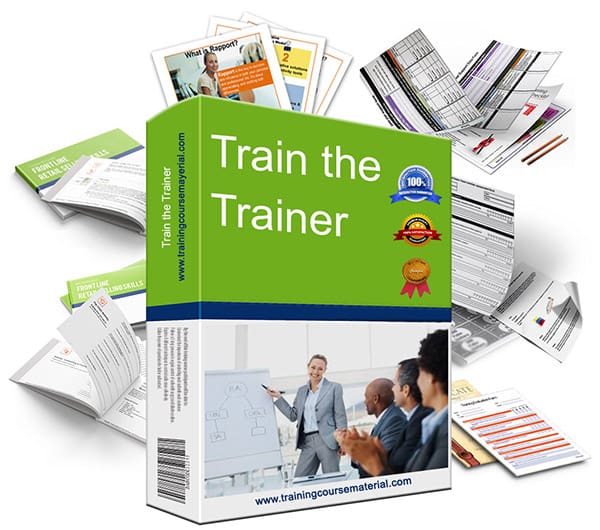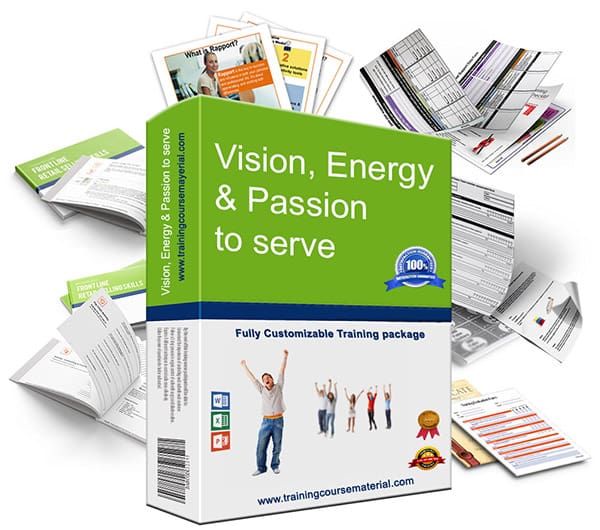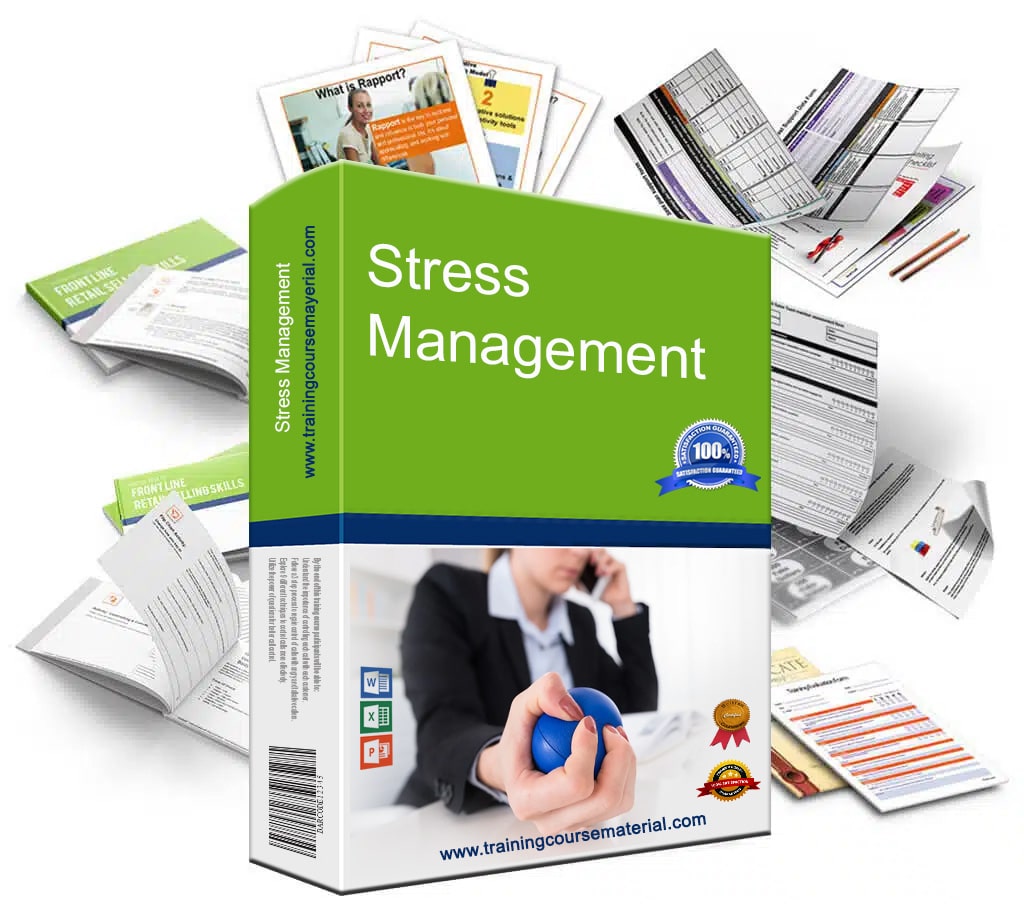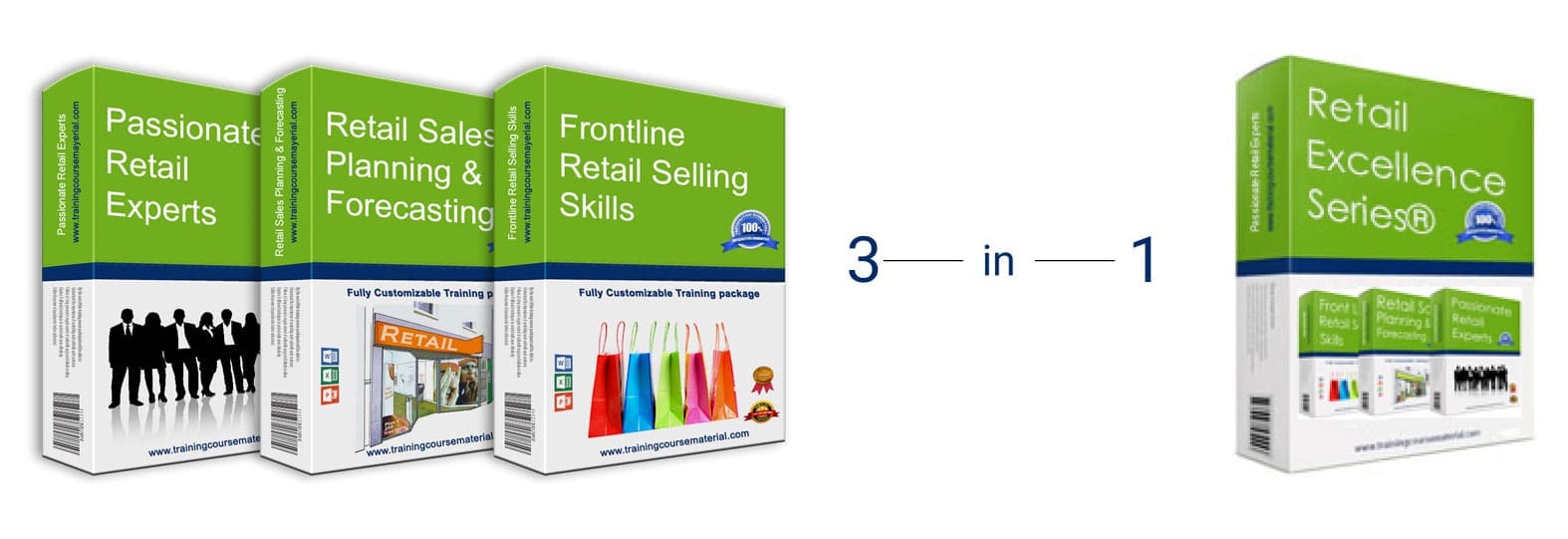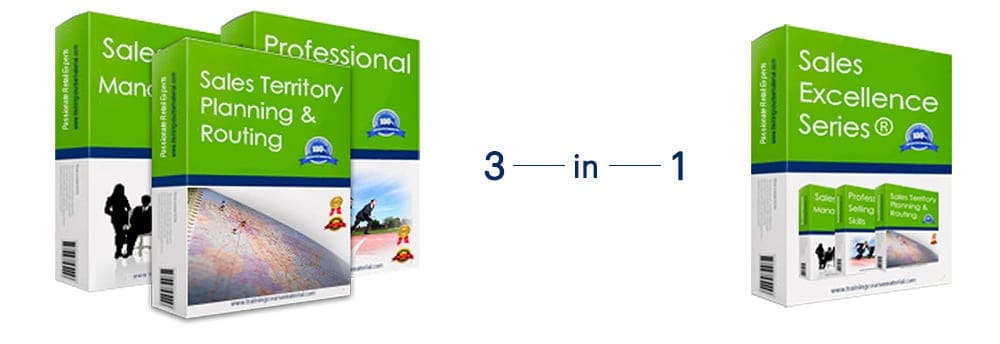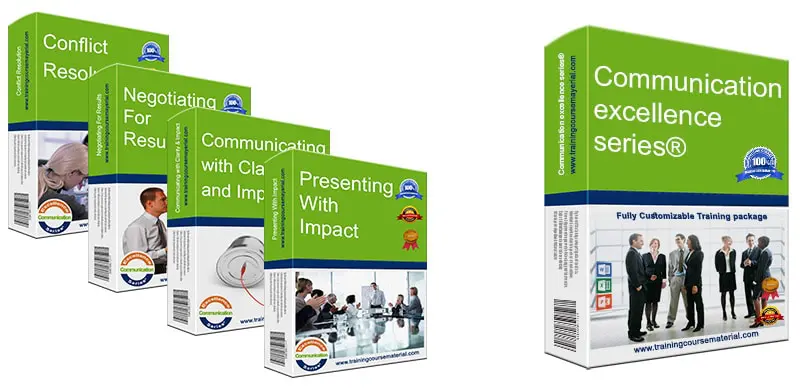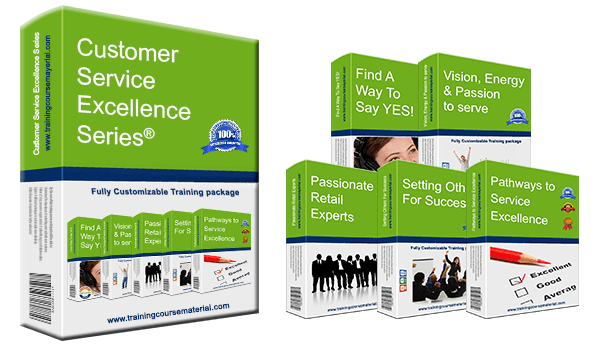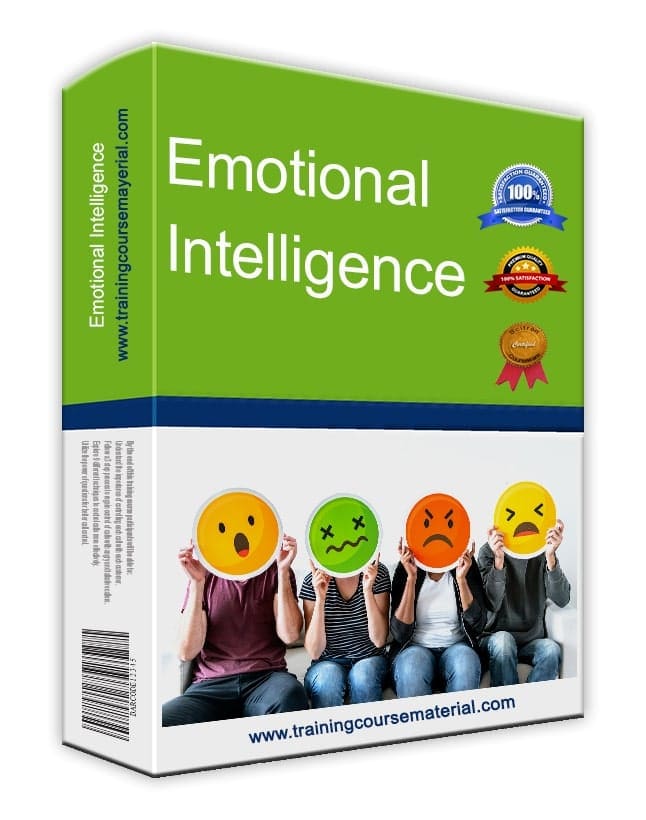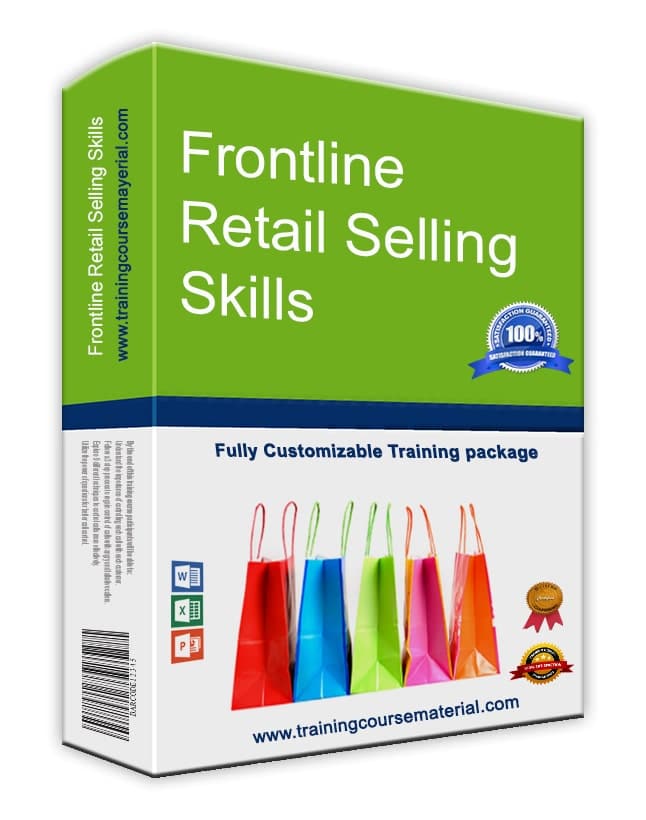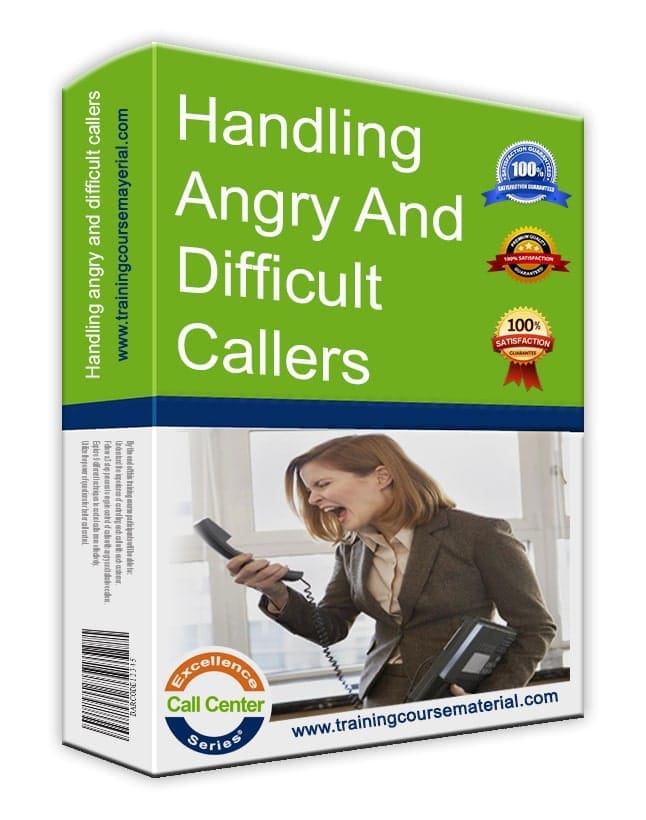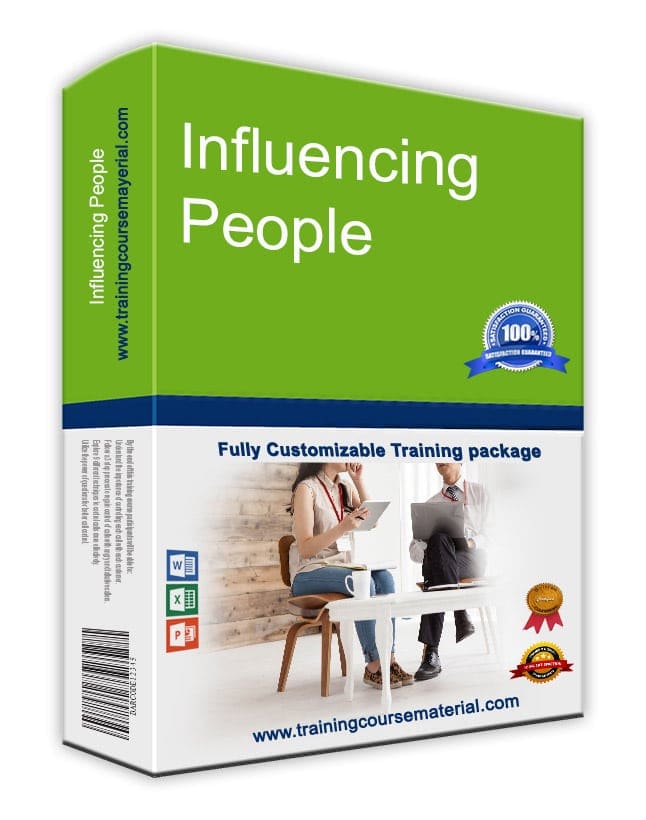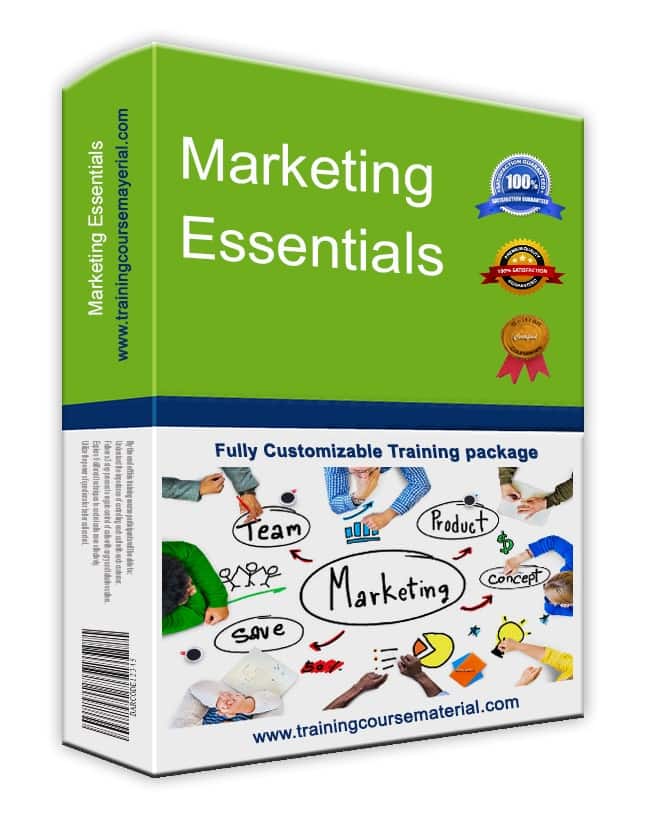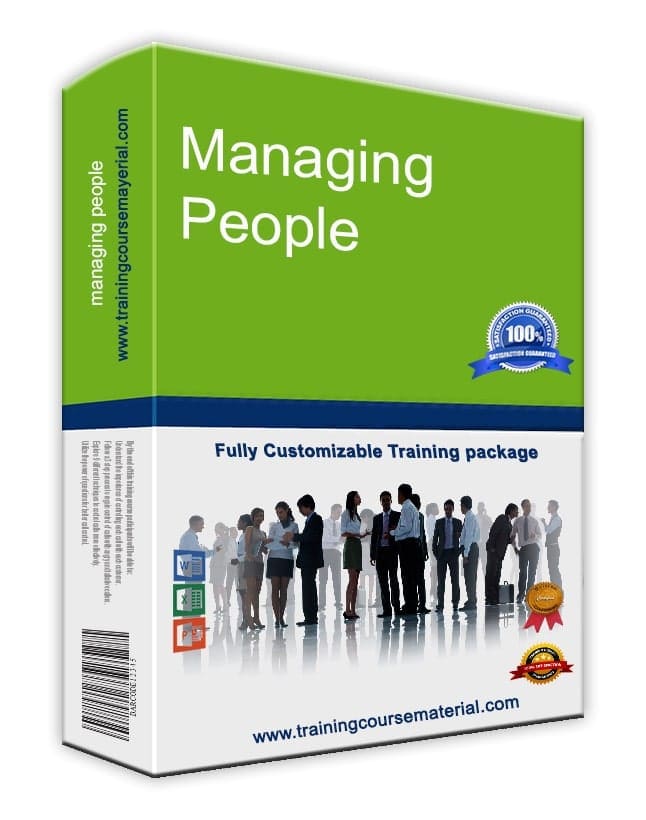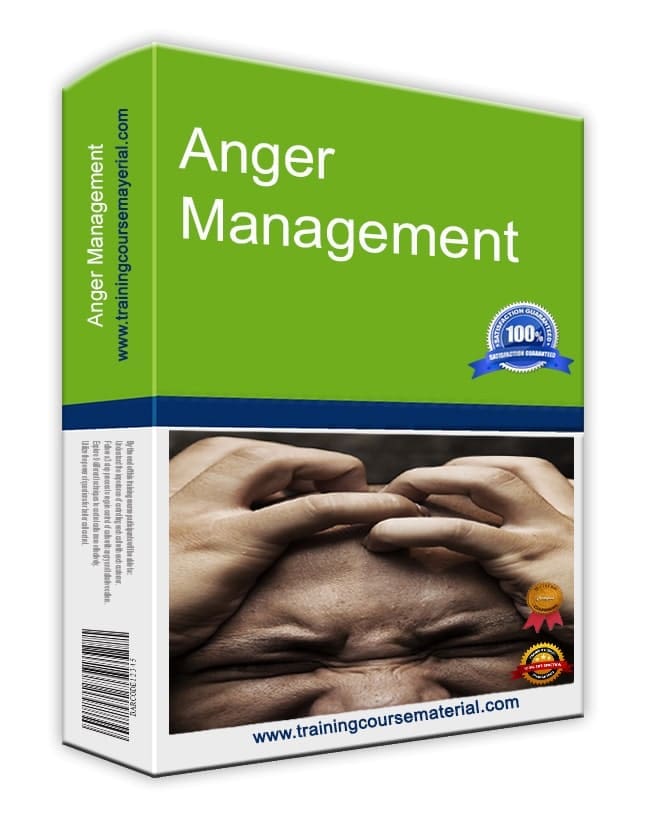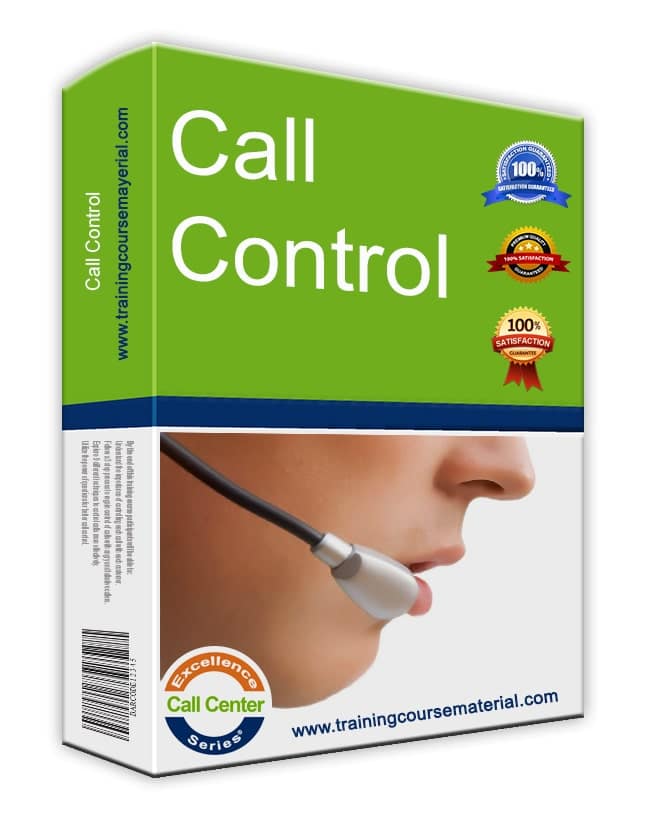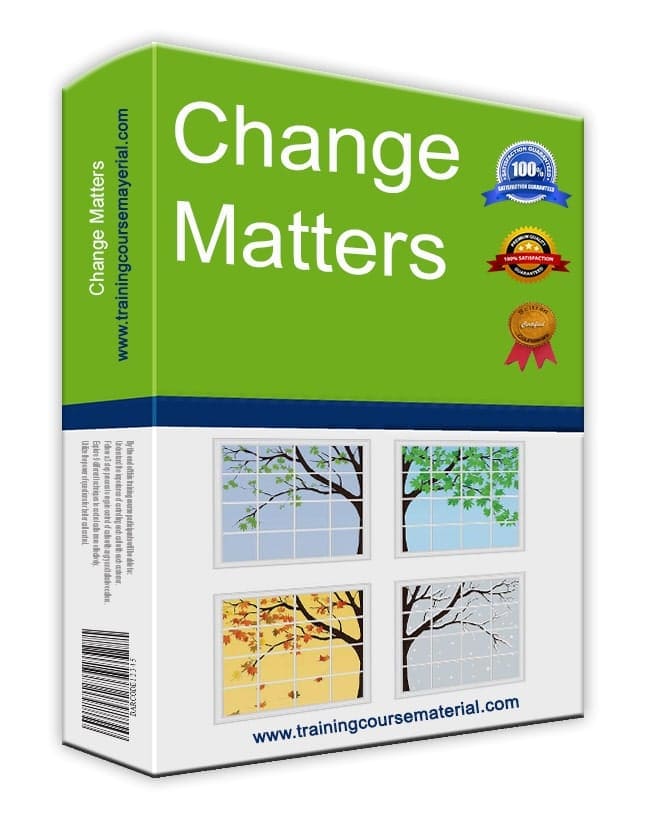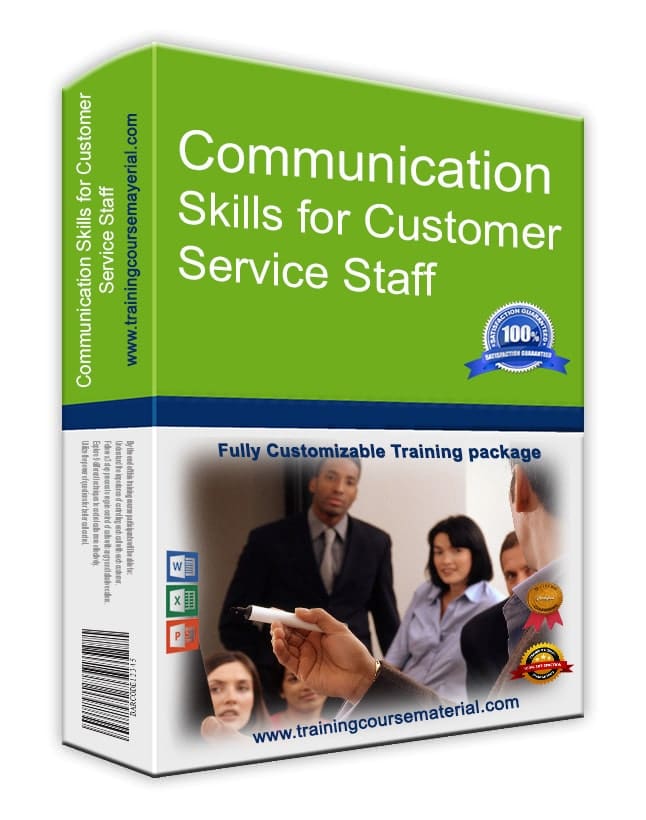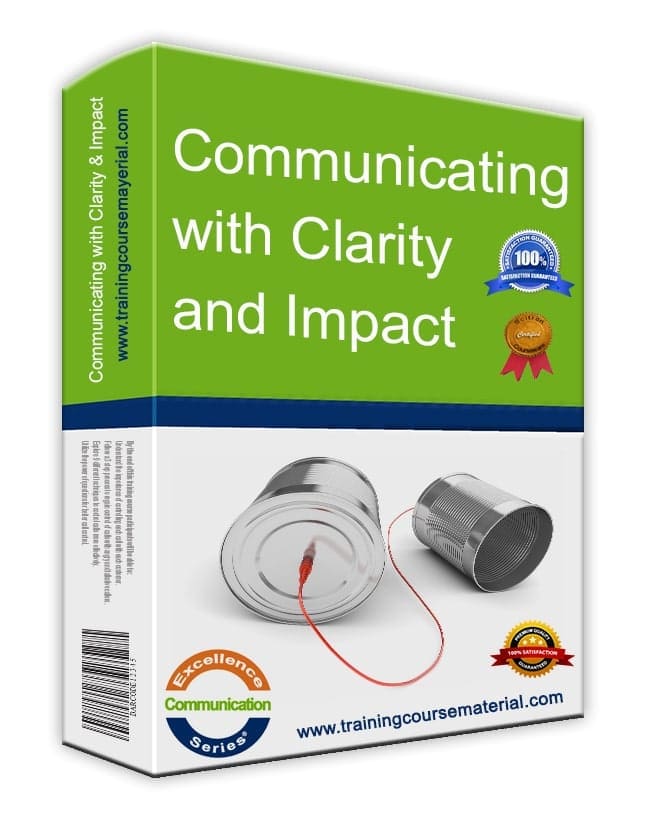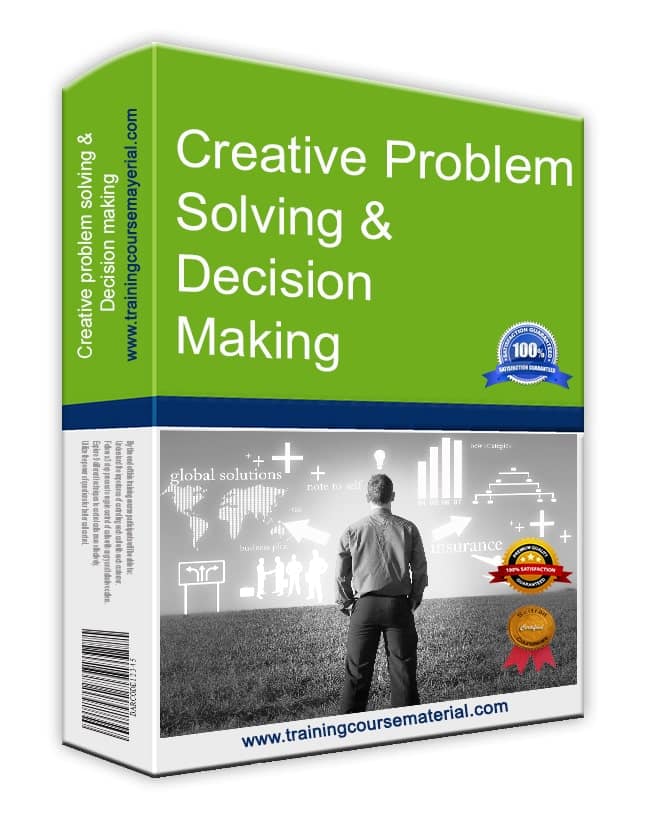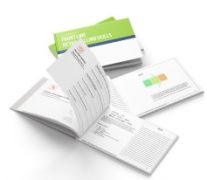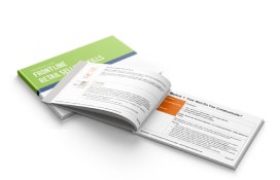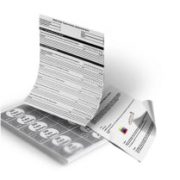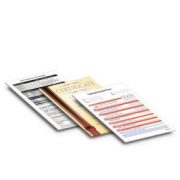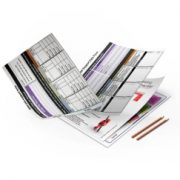Effective Ads Scheduling
Why consistency, timing, and frequency in advertising matter more than ever.
Advertising is one of the most controlled ways to build brand awareness. According to the American Marketing Association, advertising remains a critical tool for delivering a brand’s message with clarity and consistency—whether it appears in homes, offices, vehicles, or inboxes.
What Makes Advertising Effective?
Effective advertising reinforces emotional connections. It sparks curiosity, leaves a lasting impression, and builds brand equity over time. But most of all, it relies on one foundational rule: consistency builds brands.
Consistency across all platforms—digital, print, radio, or social—ensures that your audience receives a single, unified message. If your brand sounds confident in a business magazine but playful in a radio ad, it creates confusion. Customers expect reliability, and inconsistent tones can erode that trust.
Maintaining Consistency Across Channels
Consistency goes beyond just the words. Your tone, design, and delivery should all reflect the same brand personality. Before launching any campaign, ask: what tone do we want to carry through all messages?
For instance, a brand might decide: “We want our tone to be confident, friendly, and focused on excellent customer service—while sounding upbeat and fun.” This guideline helps shape everything from ad copy to visuals.
Understanding Ad Reach and Frequency
Once you’ve selected the right media channels, the next step is planning your ad schedule. Two key concepts guide this:
- Reach: How many people are exposed to your ad.
- Frequency: How often each person sees the ad within a set time frame.
Reach builds broad awareness. Frequency builds trust, recognition, and response. Good scheduling balances both, based on your goals and budget.
When to Prioritize Reach or Frequency
If your objective is widespread awareness, prioritize reach. Use channels with broad exposure. If your goal is recognition and action within a niche audience, prioritize frequency. Choose fewer channels and run your message repeatedly.
For example, instead of placing one big ad in a national magazine, you might run smaller, repeated ads in a local publication that your target audience reads often. This ensures they see and remember your message.
Ad Scheduling Facts to Consider
- People need to see your ad 9–12 times before it registers. Many are distracted or not in the right mindset on first exposure.
- It often takes at least three exposures for a message to grab attention and drive action.
- Some ads must run 25–30 times before they begin to pay off.
Maximizing Budget Without Sacrificing Impact
To gain frequency and save costs:
- Choose fewer but higher-impact media outlets.
- Run ads multiple times in the most-read or most-watched platforms.
- Focus your spend where your message will be repeated, not just seen once.
This approach helps you:
- Get better rates through high-volume discounts.
- Save on creative production costs.
- Appear stronger and more prominent in selected outlets.
- Reach your core audience more reliably and repeatedly.
Want to teach advertising strategy in your next marketing workshop or class? Explore our Marketing Essentials Training Material Package. It includes editable slides, real-world case studies, and activities on campaign design, media planning, and branding communication.
 Flighting schedules, which runs ads in bursts. They usually start with a heavy ad buy that makes a strong enough market impression to carry the brand through a dormant ad period. After the dormant period, the marketer comes back in with a light ad schedule to renew awareness, followed by another dormant period and then by a heavy schedule that typically coincides with a buying season or marketing opportunity.
3- Front loading ads schedules
Flighting schedules, which runs ads in bursts. They usually start with a heavy ad buy that makes a strong enough market impression to carry the brand through a dormant ad period. After the dormant period, the marketer comes back in with a light ad schedule to renew awareness, followed by another dormant period and then by a heavy schedule that typically coincides with a buying season or marketing opportunity.
3- Front loading ads schedules
 Front-loading schedules, which begin with a heavy ad schedule. They aim to saturate the market with impressions before pulling back to a more economical, maintenance-level schedule that sustains the awareness and interest generated during the schedule launch. Front-loading schedules are a good choice for announcing new brands or business openings, promoting new products, or revitalizing lagging sales.
4- Heavy up ads schedules
Front-loading schedules, which begin with a heavy ad schedule. They aim to saturate the market with impressions before pulling back to a more economical, maintenance-level schedule that sustains the awareness and interest generated during the schedule launch. Front-loading schedules are a good choice for announcing new brands or business openings, promoting new products, or revitalizing lagging sales.
4- Heavy up ads schedules
 Heavy-up schedules, which are similar to front-loading schedules except that they involve several saturation ad periods, also known as ad blitzes. They’re used to create and keep a high level of market awareness by alternating intense ad schedules with low-level continual schedules in between.
5- Pulsing ads schedules
Heavy-up schedules, which are similar to front-loading schedules except that they involve several saturation ad periods, also known as ad blitzes. They’re used to create and keep a high level of market awareness by alternating intense ad schedules with low-level continual schedules in between.
5- Pulsing ads schedules
 Pulsing schedules, which run ads on an on-and-off basis. On a sustaining basis, the marketer runs a moderate schedule, goes dormant, runs another moderate schedule, and then goes dormant again. Pulsing schedules are rarely used for launches or to rev up interest, but rather they’re used to maintain awareness after it’s established.
For more on marketing check out our instant download Marketing Essentials training package.
Pulsing schedules, which run ads on an on-and-off basis. On a sustaining basis, the marketer runs a moderate schedule, goes dormant, runs another moderate schedule, and then goes dormant again. Pulsing schedules are rarely used for launches or to rev up interest, but rather they’re used to maintain awareness after it’s established.
For more on marketing check out our instant download Marketing Essentials training package.

